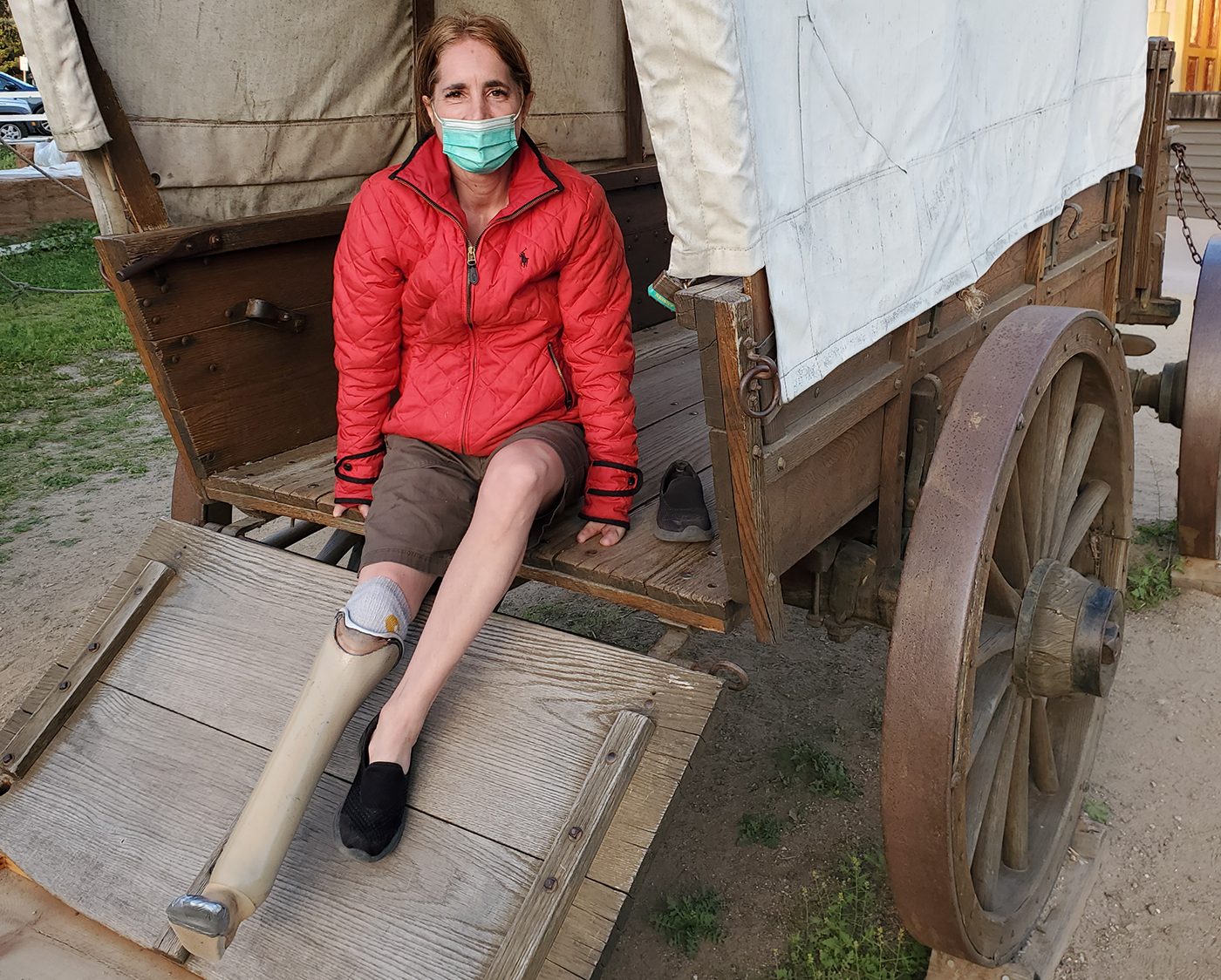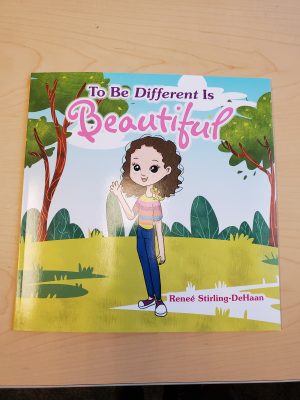
Taking Charge of the Narrative with Reneé Stirling-DeHaan
Activism, Outreach and Education
When faced with a lack of positive disabled representation in literature, Reneé Stirling-DeHaan knew she had a choice to make: go forward with her ideas to bring new representation to books or sit back and wait for someone else to do it. Stirling-DeHaan chose the first option, and her book, To Be Different Is Beautiful, was born. “Through my books, readers would know and feel that people with disabilities can have a voice,” Stirling-DeHaan says. “My parents taught me to have a voice, so I felt responsible to share that belief and empower others, too.”
Previously, Stirling-DeHaan had no writing background; She graduated from the University of Utah with a Bachelor’s in English and loved reading books, but hadn’t thought about becoming an author. Most of the books she read, however, portrayed disabled people as burdens to their families and communities or like a problem to be solved. Stirling-DeHaan knew that these harmful messages couldn’t continue. “I thought books would be better showing people with disabilities living their lives and [thriving], just like any other character in a story would,” she says. “There needed to be books showing kids with [disabilities] their ability to accomplish sometimes hard things and tell their stories to others.”
Stirling-DeHaan’s mission takes form in Demi, a young girl who was born without a foot and with a shorter leg. In the book, Demi shows the reader how her physical disabilities don’t hinder her and instead make her beautiful. For Stirling-DeHaan, Demi’s journey was inspired by her own childhood experiences as a child with two digits on each hand, a club left foot and no right foot. “Growing up, I always believed I could do everything that anybody else could do. I learned that was true—I can, but it might mean I have to work at it longer or harder than everyone else. I had to find different ways to accomplish tasks,” Stirling-DeHaan says. “I want others, especially kids, to identify with someone who has overcome obstacles.”

“There needed to be books showing kids with [disabilities] their ability to accomplish sometimes hard things and tell their stories to others.”
A lack of authentic representation was just another obstacle for Stirling-DeHaan to tackle, and tackle she did; Stirling-DeHaan says that if something like To Be Different Is Beautiful had existed when she was younger, she would not have felt labeled as a problem to society. Now, Stirling-DeHaan says that disabilities are more visible as society begins to value disabled representation more. “I want to break down barriers,” Stirling-DeHaan says. “I hope my book will universally connect the needs of children, self-esteem and social tolerance.”
As an educator, Stirling-DeHaan hopes her book will provide a learning experience that promotes vocabulary skills among young readers and is entertaining at the same time. On top of that, Stirling-DeHaan wants kids to know that kids—and adults—with disabilities have stories worth sharing. “Books on disabilities seem to fall into one niche, one specific audience where non-disabled readers may not feel a connection. They may expect the person with a disability to simply overcome their disability,” Stirling-DeHaan says. “I want to show coping skills, to allow the disabled to talk about their handicap, and [show that] people, disabled or not, can learn from one another.”
You can purchase To Be Different Is Beautiful through Amazon or Barnes and Noble. Or, connect through the “Different Is Beautiful” Facebook page. Demi’s story is far from over: The next adventures will continue to feature how Demi interacts positively with the world around her with her disabilities. “I’m trying to share my book, hoping it will positively influence others in the ways they deal with their own handicaps, help their children to deal with handicaps or even in their views of those with disabilities,” Stirling-DeHaan says. “I’m excited to see more positive changes come about by opening avenues for stories to be told.”
